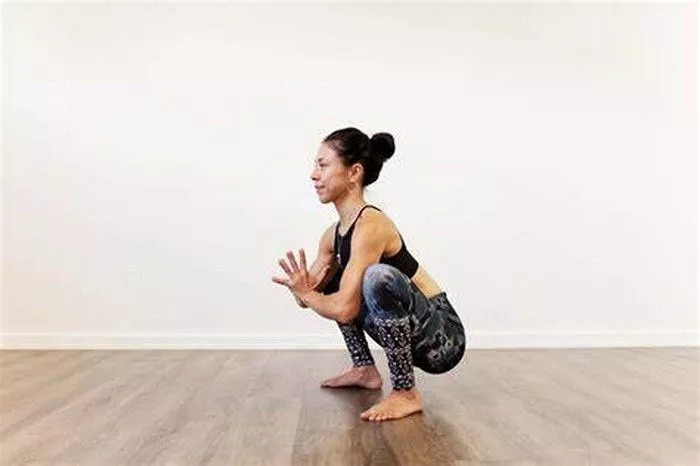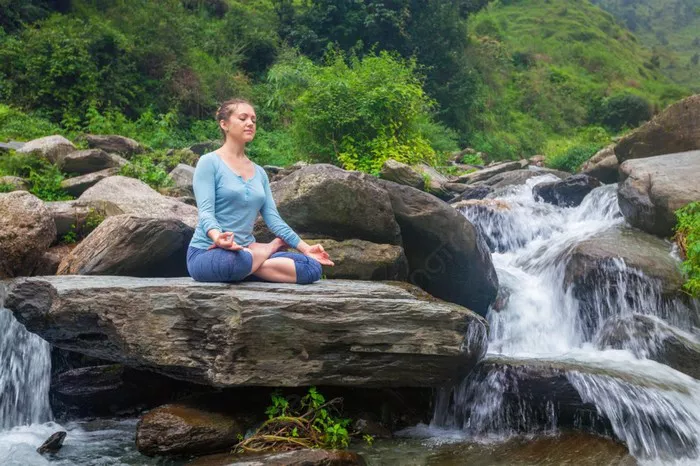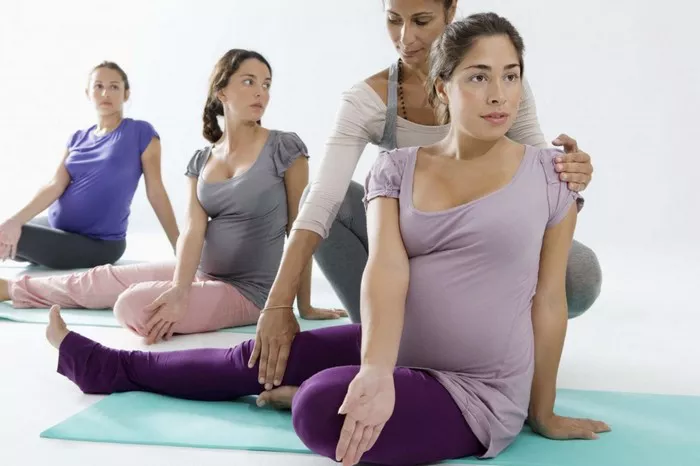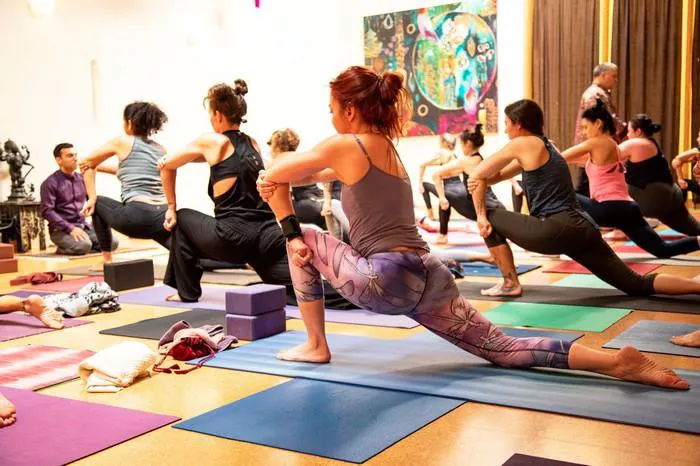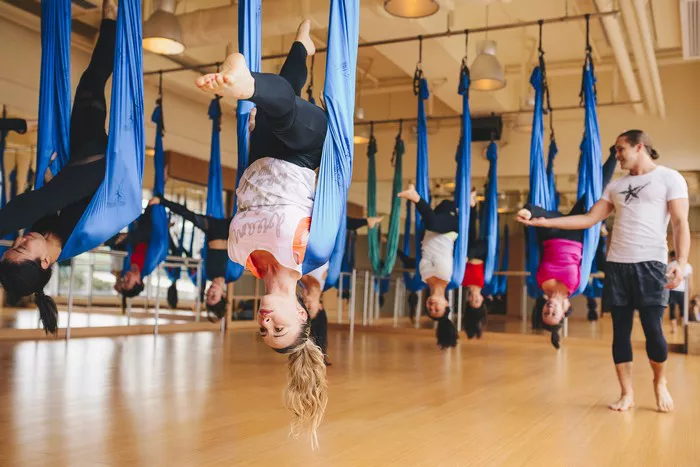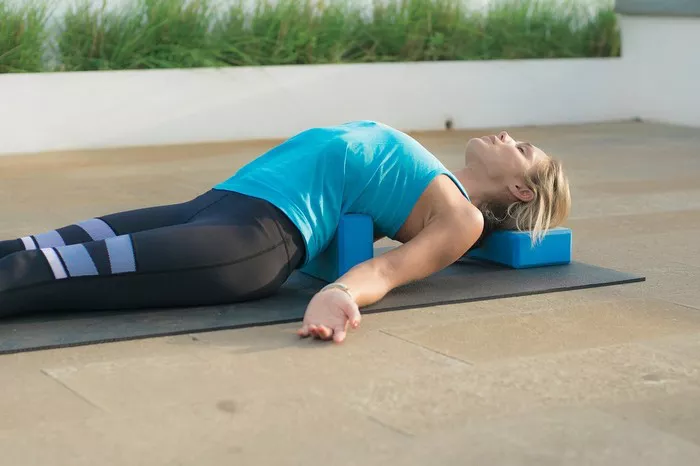Yoga is a powerful practice that promotes flexibility, strength, balance, and mindfulness. It benefits both the body and the mind, providing a comprehensive approach to health and well-being. However, as with any physical activity, it is essential to practice safely to avoid injury. One of the most vulnerable areas during yoga practice is the wrists. Whether you’re a beginner or an experienced practitioner, it’s crucial to understand how to protect your wrists during yoga to prevent strain, discomfort, or even long-term damage.
In this article, we will explore the anatomy of the wrist, common wrist injuries in yoga, factors that increase the risk of wrist injuries, and various techniques to protect the wrists while practicing. The goal is to provide you with a thorough understanding of wrist protection in yoga, so you can continue your practice safely and confidently.
Anatomy of the Wrist
The wrist is a complex joint made up of eight small bones that connect the hand to the forearm. These bones are held together by ligaments and tendons, which allow for a wide range of movement. The wrist joint is also supported by muscles that help control the movement of the fingers, hand, and forearm.
When we practice yoga poses that involve weight-bearing on the hands, such as downward-facing dog (Adho Mukha Svanasana), plank (Phalakasana), or chaturanga (Four-Limbed Staff Pose), the wrists must support the entire weight of the upper body. This creates significant pressure on the wrist joint and can lead to injury if not properly managed.
Common Wrist Injuries in Yoga
Wrist injuries in yoga are more common than many people realize. The repetitive nature of weight-bearing poses and improper alignment can place excessive strain on the wrists. Some of the most common wrist injuries in yoga include:
Wrist Strain or Sprain: Overuse of the wrist joint can lead to a strain (muscle or tendon injury) or a sprain (ligament injury). This can cause pain, swelling, and limited range of motion.
Carpal Tunnel Syndrome: This condition occurs when the median nerve, which passes through the wrist, becomes compressed due to prolonged pressure or repetitive motions. It can lead to numbness, tingling, or weakness in the hand and fingers.
Tendonitis: Inflammation of the tendons around the wrist can occur due to overuse or poor alignment. Tendonitis causes pain, swelling, and stiffness in the wrist and hand.
Fractures or Dislocations: Although less common, fractures or dislocations of the wrist bones can occur if there is a fall or an extreme misalignment during practice.
De Quervain’s Tenosynovitis: This is a condition involving inflammation of the tendons in the thumb side of the wrist. It’s typically caused by repetitive gripping or twisting motions.
Understanding these potential injuries helps emphasize the importance of wrist protection during yoga. Practicing awareness and proper technique can significantly reduce the risk of injury.
Factors That Increase the Risk of Wrist Injury
Several factors can increase the likelihood of wrist injuries in yoga. These include:
Weak Wrists and Forearms: If the muscles and tendons in the wrists and forearms are weak, they are less able to support the body’s weight, leading to strain and potential injury.
Poor Alignment: Misalignment of the wrists during weight-bearing poses places undue stress on the joint. For example, when the hands are not properly aligned with the shoulders or the fingers are not spread wide enough, the wrist can experience excessive pressure.
Lack of Flexibility: Tight wrists and forearms can limit the range of motion and lead to compensations that increase the risk of strain. Without proper flexibility, it is harder to maintain good alignment and distribute the weight evenly.
Overuse: Repeating weight-bearing poses without adequate rest or recovery can contribute to overuse injuries, especially if the wrists are not conditioned for the demands of the practice.
Inappropriate Modifications: Not adjusting poses to accommodate individual limitations or using props incorrectly can increase the risk of wrist injuries. It’s essential to listen to your body and make modifications when needed.
External Factors: Practicing on hard or uneven surfaces can also place added strain on the wrists. Using a thick, non-slip mat can help provide additional cushioning and support.
How to Protect Your Wrists During Yoga
Now that we’ve explored the anatomy, common injuries, and risk factors, let’s discuss practical strategies to protect your wrists during yoga practice. By following these tips, you can maintain healthy wrists and enjoy your practice without unnecessary discomfort or injury.
1. Build Wrist and Forearm Strength
Strengthening the muscles around the wrists and forearms is crucial for providing stability and support during weight-bearing poses. Incorporate wrist and forearm exercises into your yoga routine to build strength gradually. Some helpful exercises include:
Wrist Curls: Hold a light weight (such as a dumbbell or a water bottle) in each hand and perform wrist curls by flexing and extending your wrists. This strengthens the forearm muscles and increases wrist stability.
Wrist Extensions: Hold a light weight with your palms facing down and perform wrist extensions by lifting the back of your hand toward the ceiling. This helps strengthen the extensor muscles of the wrist.
Forearm Planks: Holding a forearm plank position helps engage the forearms and wrists while building core strength. Focus on keeping your forearms parallel and actively pressing them into the mat.
Hand and Finger Stretches: Stretching the hands and fingers regularly helps improve flexibility and reduces tension in the wrists.
2. Warm Up Properly
A proper warm-up is essential to prepare your wrists for the demands of yoga practice. Start with gentle stretches and movements that activate the wrists and forearms. You can try:
Wrist Circles: Extend your arms in front of you and make circles with your wrists in both directions. This helps to loosen up the joint and increase blood flow to the area.
Palm Presses: Place your palms together in front of your chest in a prayer position (Anjali Mudra). Press your palms firmly together, then release. This activates the muscles in your hands and forearms and helps build wrist awareness.
Gentle Stretching: Stretch the wrists and forearms by gently pressing the palms together or extending the arms forward with the palms facing down, gently pulling the fingers back.
3. Improve Alignment
Proper alignment in weight-bearing poses is one of the most important factors in preventing wrist strain. Follow these alignment tips to protect your wrists:
Hand Placement: In poses like Downward-Facing Dog or Plank, ensure that your hands are spread wide with your fingers pointing forward. This helps distribute your weight evenly across your hands, reducing pressure on the wrists.
Avoid Collapsing the Wrists: In poses where your hands are on the mat, avoid allowing the wrists to collapse inward. Instead, keep your wrists aligned with your shoulders and press firmly into the mat.
Engage Your Muscles: Actively engage the muscles of your forearms and hands during weight-bearing poses. This helps lift some of the load off the wrists and encourages proper muscle engagement.
Keep Elbows Slightly Bent: In poses like Chaturanga or Plank, keep a slight bend in your elbows rather than locking them out. This prevents excessive strain on the wrists and forearms.
4. Use Modifications and Props
If you’re experiencing wrist discomfort, don’t hesitate to use modifications or props to reduce strain. Here are a few suggestions:
Fists or Forearms: In poses like Downward-Facing Dog or Plank, you can make fists with your hands instead of placing your palms flat on the mat. This reduces pressure on the wrists while still providing support.
Wrist Blocks: Use yoga blocks or wrist props to elevate the hands slightly off the mat. This reduces the angle of wrist flexion and alleviates pressure on the joint.
Forearm Variations: In poses that usually require weight-bearing on the hands, such as Downward-Facing Dog or Dolphin Pose, consider using forearms instead of wrists to support your body weight. This will help reduce strain on your wrists while still engaging your core and upper body.
Use Cushioned Mats: A thicker mat can provide additional padding and support for your wrists. This is especially helpful for those with sensitive wrists or beginners still building strength.
5. Take Breaks and Rest
Avoid overusing your wrists by taking frequent breaks during your practice. If you feel any discomfort or strain in your wrists, pause and rest. Practice poses that do not involve weight-bearing on the wrists, such as seated or lying down postures, to give your wrists a break.
6. Practice Mindful Awareness
Being aware of your wrists during yoga practice is essential for injury prevention. Stay mindful of any sensations of discomfort or strain in your wrists and adjust your practice accordingly. Avoid pushing through pain, as this can lead to injury. Listening to your body and modifying your practice when necessary is key to long-term wrist health.
Conclusion
Protecting your wrists during yoga practice is essential for maintaining a safe and enjoyable practice. By strengthening your wrists and forearms, improving alignment, using modifications and props, and practicing mindful awareness, you can significantly reduce the risk of injury and protect your wrists over time. Remember that yoga is a journey, and it’s important to practice with patience, awareness, and respect for your body. With these tips, you can continue to enjoy the many benefits of yoga while keeping your wrists healthy and strong.
As you progress in your yoga practice, always prioritize safety and listen to your body. By implementing these strategies, you can practice yoga with confidence, knowing that your wrists are well-protected and supported.
Related Topics:

